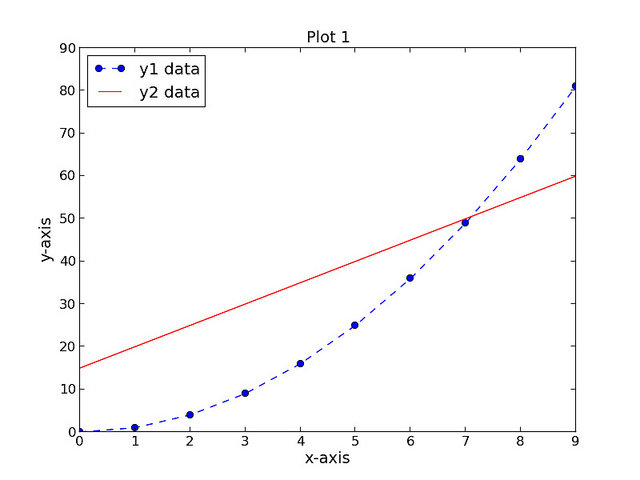Pandas Shift函数的基础入门学习笔记
Pandas Shift函数基础
在使用Pandas的过程中,有时会遇到shift函数,今天就一起来彻底学习下。先来看看帮助文档是怎么说的:
>>> import pandas
>>> help(pandas.DataFrame.shift)
Help on function shift in module pandas.core.frame:
shift(self, periods=1, freq=None, axis=0)
Shift index by desired number of periods with an optional time freq
Parameters
----------
periods : int
Number of periods to move, can be positive or negative
freq : DateOffset, timedelta, or time rule string, optional
Increment to use from the tseries module or time rule (e.g. 'EOM').
See Notes.
axis : {0 or 'index', 1 or 'columns'}
Notes
-----
If freq is specified then the index values are shifted but the data
is not realigned. That is, use freq if you would like to extend the
index when shifting and preserve the original data.
Returns
-------
shifted : DataFrame
该函数主要的功能就是使数据框中的数据移动,若freq=None时,根据axis的设置,行索引数据保持不变,列索引数据可以在行上上下移动或在列上左右移动;若行索引为时间序列,则可以设置freq参数,根据periods和freq参数值组合,使行索引每次发生periods*freq偏移量滚动,列索引数据不会移动。
参数详解:
- period:表示移动的幅度,可以是正数,也可以是负数,默认值是1,1就表示移动一次,注意这里移动的都是数据,而索引是不移动的,移动之后没有对应值的,就赋值为NaN。
- freq: DateOffset, timedelta, or time rule string,可选参数,默认值为None,只适用于时间序列,如果这个参数存在,那么会按照参数值移动时间索引,而数据值没有发生变化。
- axis: {0, 1, ‘index', ‘columns'},表示移动的方向,如果是0或者'index'表示上下移动,如果是1或者'columns',则会左右移动。
先来看一下一些简单的示例:
1、非时间索引下period的设置
假设存在一个DataFrame数据df:
index value1 A 0 B 1 C 2 D 3
如果执行以下代码 df.shift() 就会变成如下:
index value1 A NaN B 0 C 1 D 2
执行 df.shift(2) 就会得到:
index value1 A NaN B NaN C 0 D 1
执行 df.shift(-1) 会得到:
index value1 A 1 B 2 C 3 D NaN
注意,shift移动的是整个数据,如果df有如下多列数据:
AA BB CC DD a 0 1 2 3 b 4 5 6 7 c 8 9 10 11 d 12 13 14 15
执行 df.shift(2) 的数据为:
AA BB CC DD a NaN NaN NaN NaN b NaN NaN NaN NaN c 0.0 1.0 2.0 3.0 d 4.0 5.0 6.0 7.0
如果只想移动df中的某一列数据,则需要这样操作: df['DD']= df['DD'].shift(1)
执行后的数据为:
AA BB CC DD a 0 1 2 NaN b 4 5 6 NaN c 8 9 10 11 d 12 13 14 15
2、时间索引下freq 参数设置
假设存在如下DataFrame的df:
df = pd.DataFrame(np.arange(16).reshape(4,4),columns=['AA','BB','CC','DD'],index =pd.date_range('2012-06-01','2012-06-04'))
AA BB CC DD 2012-06-01 0 1 2 3 2012-06-02 4 5 6 7 2012-06-03 8 9 10 11 2012-06-04 12 13 14 15
执行 df.shift(freq=datetime.timedelta(1)) 后:
AA BB CC DD 2012-06-02 0 1 2 3 2012-06-03 4 5 6 7 2012-06-04 8 9 10 11 2012-06-05 12 13 14 15
执行 df.shift(freq=datetime.timedelta(-2)) 后:
AA BB CC DD 2012-05-30 0 1 2 3 2012-05-31 4 5 6 7 2012-06-01 8 9 10 11 2012-06-02 12 13 14 15
可以看到索引直接变了。
3、axis轴向设置
df = pd.DataFrame(np.arange(16).reshape(4,4),columns=['AA','BB','CC','DD'],index =['a','b','c','d']) df Out[1]: AA BB CC DD a 0 1 2 3 b 4 5 6 7 c 8 9 10 11 d 12 13 14 15 #当period为正时,默认是axis = 0轴的设定,向下移动 df.shift(2) Out[2]: AA BB CC DD a NaN NaN NaN NaN b NaN NaN NaN NaN c 0.0 1.0 2.0 3.0 d 4.0 5.0 6.0 7.0 #当axis=1,沿水平方向进行移动,正数向右移,负数向左移 df.shift(2,axis = 1) Out[3]: AA BB CC DD a NaN NaN 0.0 1.0 b NaN NaN 4.0 5.0 c NaN NaN 8.0 9.0 d NaN NaN 12.0 13.0 #当period为负时,默认是axis = 0轴的设定,向上移动 df.shift(-1) Out[4]: AA BB CC DD a 4.0 5.0 6.0 7.0 b 8.0 9.0 10.0 11.0 c 12.0 13.0 14.0 15.0 d NaN NaN NaN NaN
pandas 中上下两行相减(隔行相减) -- shift函数的使用
最近使用pandas处理数据,需求是想相邻两行上下相减,查API发现shift函数,很灵活,。你也可以隔任意行相减。
p['xx_1'] = p["xx"].shift(1)
上面得到的就是xx字段向下移动一行的结果,和之前相比向下移动一行,你可以设置为任意行,也可是向上向下
p['xx'] - p["xx_1"]
这就是前后两行的差值,很方便,Pandas很强大
总结
以上就是这篇文章的全部内容了,希望本文的内容对大家的学习或者工作具有一定的参考学习价值,如果有疑问大家可以留言交流,谢谢大家对【听图阁-专注于Python设计】的支持。

